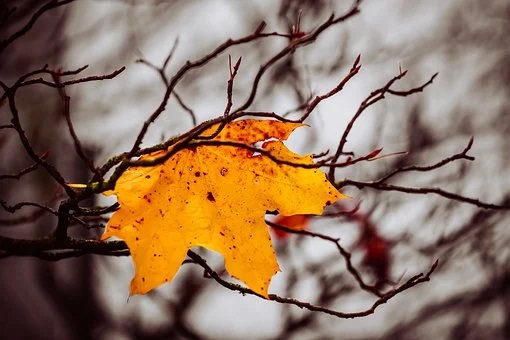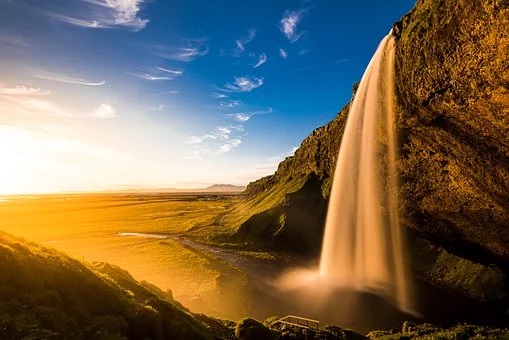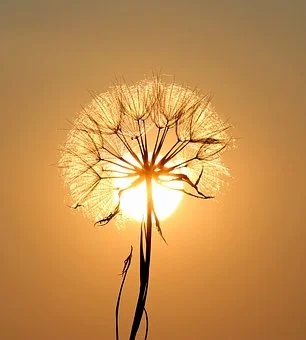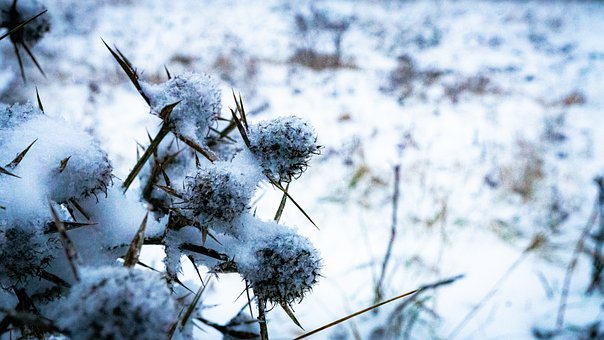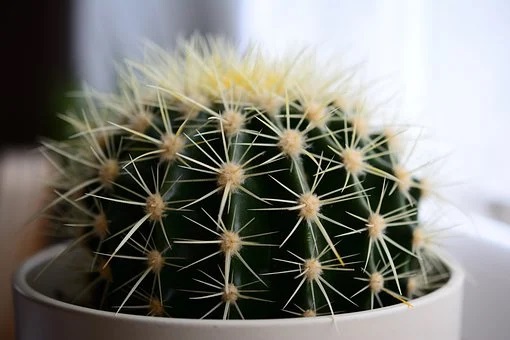When Bodhidharma arrived in China, he met Emperor Wu, the founder of Liang Dynasty (502-557). The Emperor reported to Bodhidharma the virtuous deeds he had done, such as not eating meat, reciting scriptures, offering to the monastics, etc., and asked Bodhidharma proudly, “How much merit are these good deeds worth?” With his short reply “no merit at all”, Emperor Wu was instantly made speechless.
Many people cannot understand why Bodhidharma said so. Of course Bodhidharma would not deny, from the viewpoint of karma, that virtuous actions can generate some merit, which no Buddhist would refute either. But in this case, Bodhidharma commented from the point of view of the ultimate truth that, absent realization of emptiness, no amount of merit alone can lead to liberation. This is why Bodhidharma put a damper on Emperor Wu’s eager expectation.
~Depicted from THE HANDBOOK'S FOR LIFE JOURNEY - On The Three Poisons-How to Refute Ignorance




